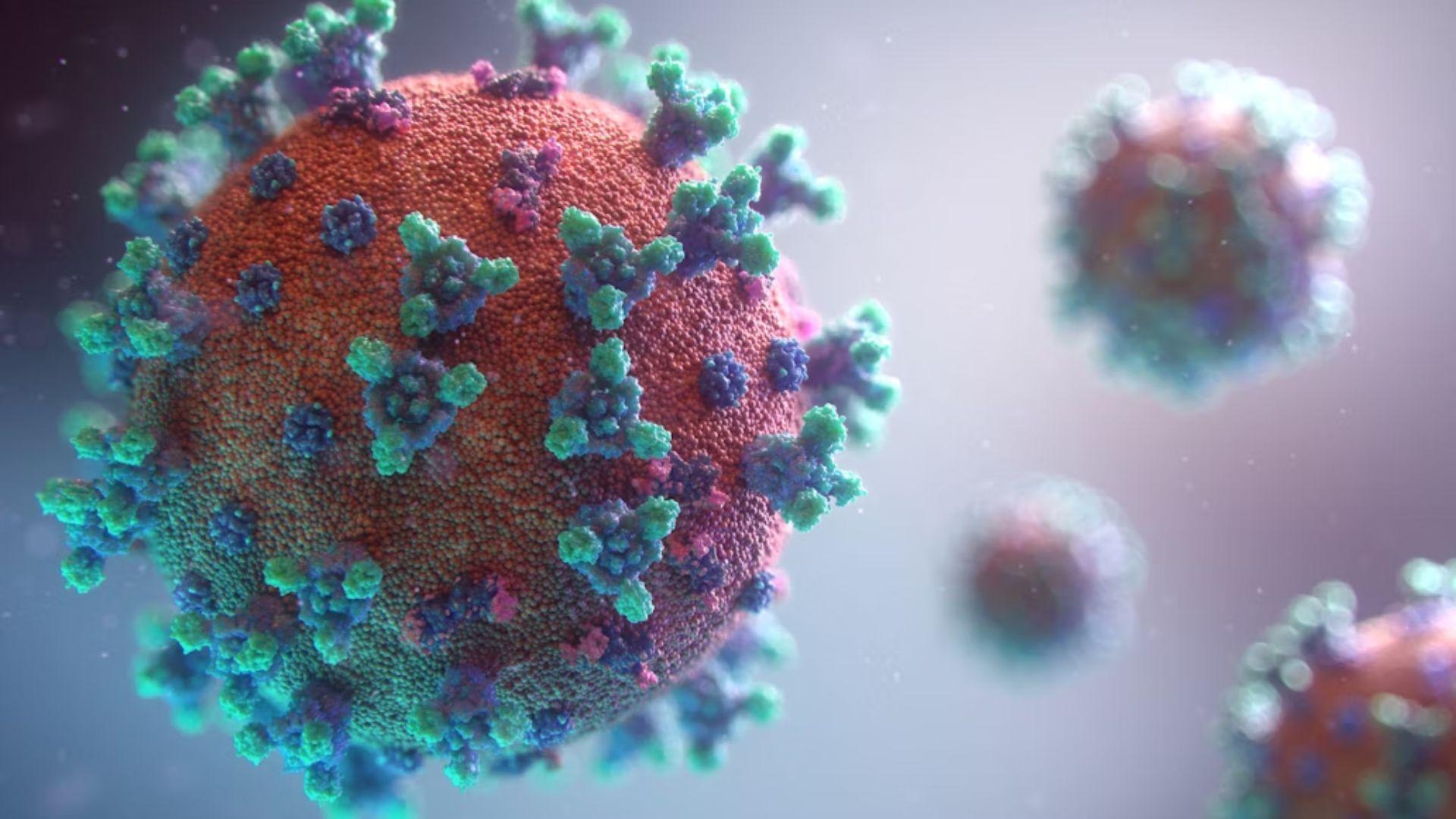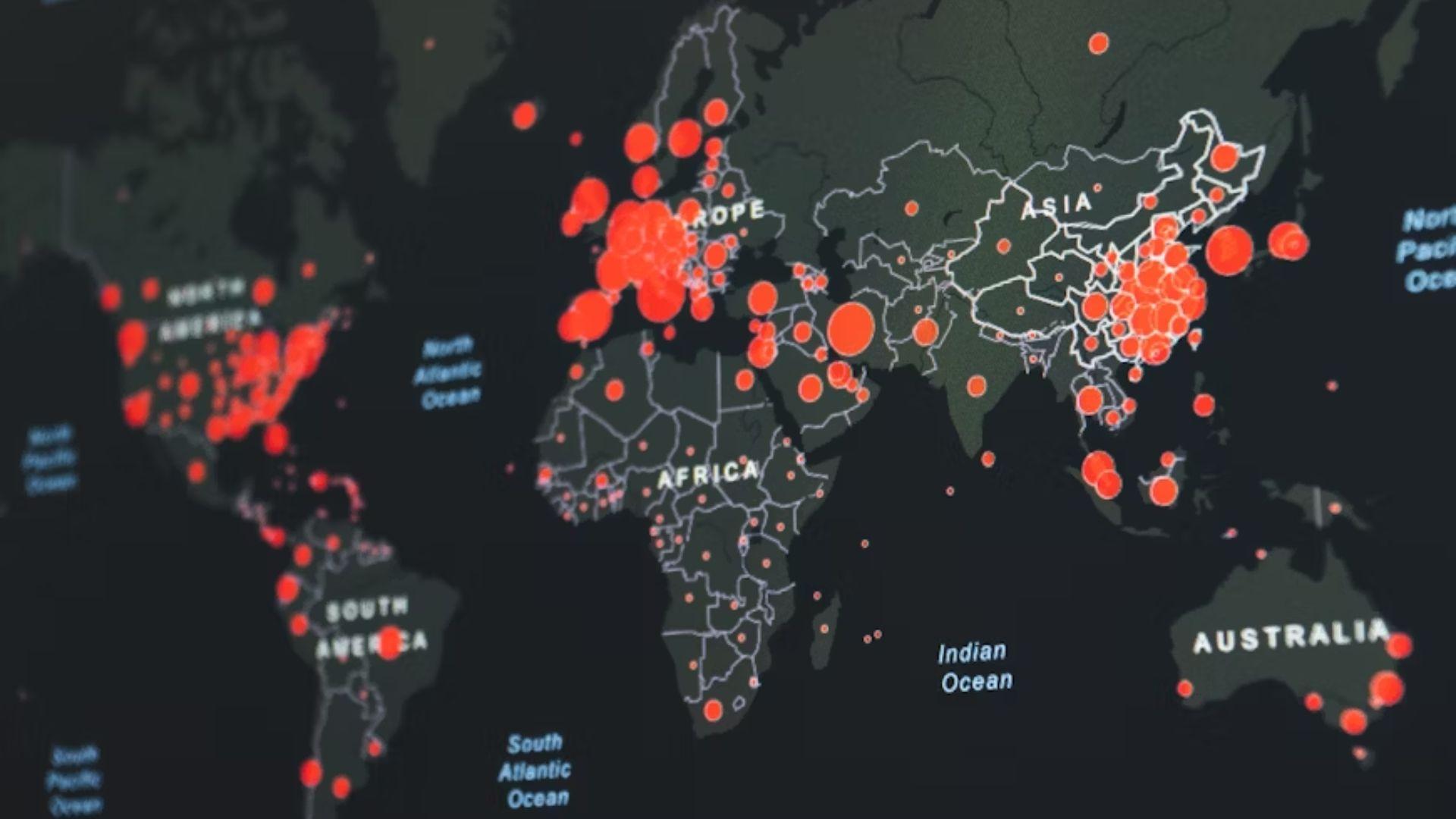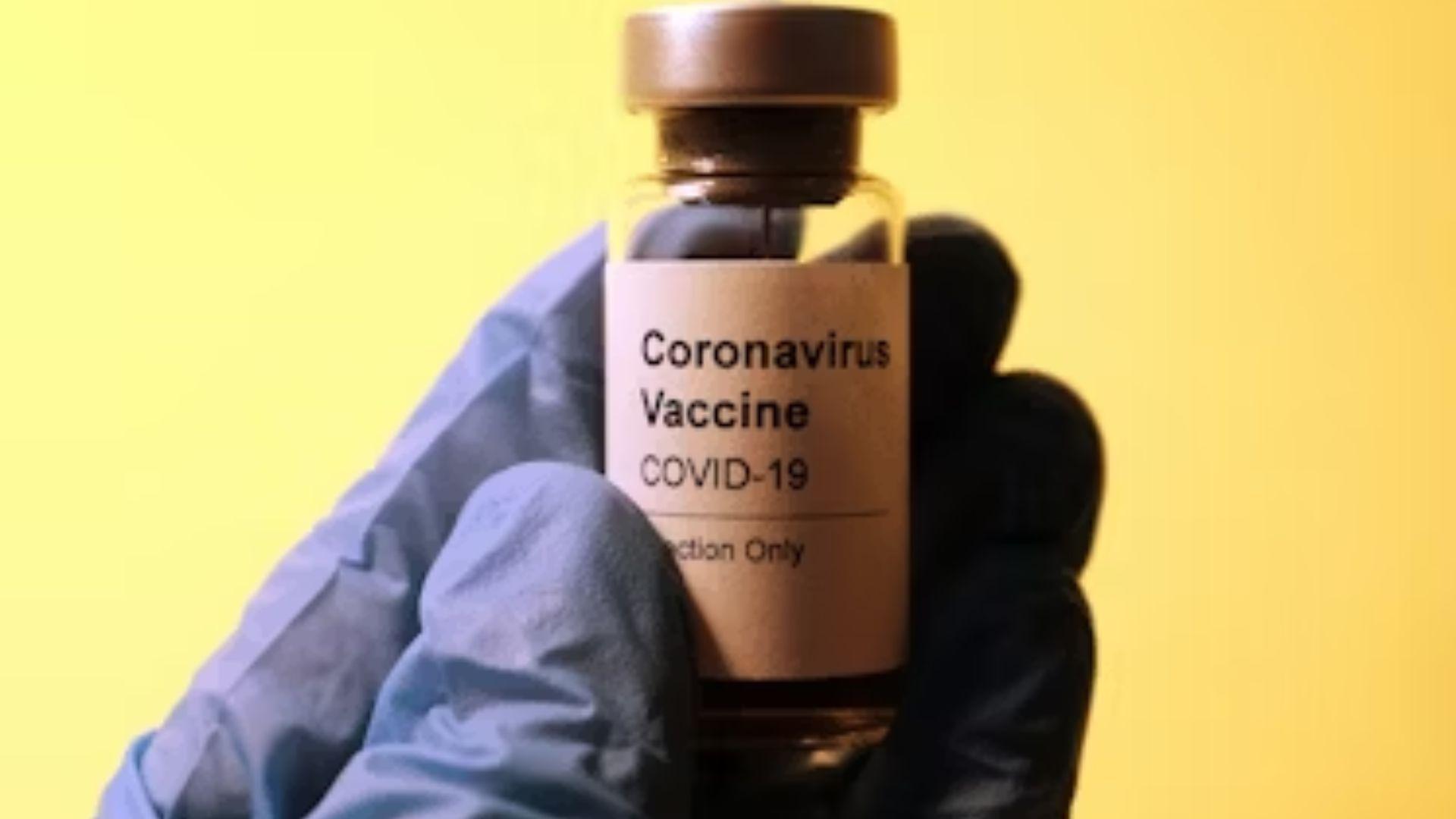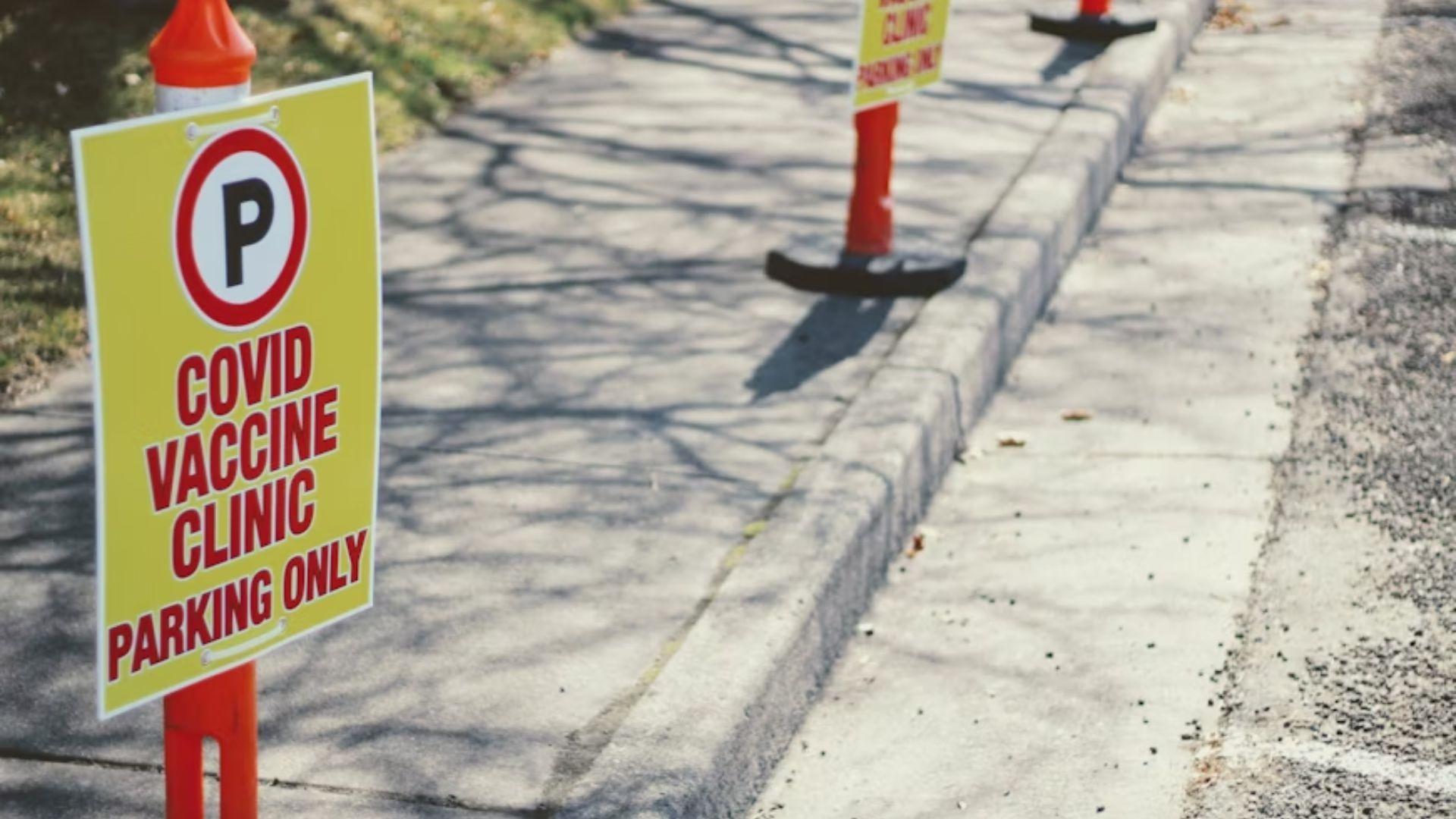Over the past month, the US has recorded an uptick in both positive COVID-19 tests and hospitalization owing to the contagious disease.
After weeks where the KP.2 variant was responsible for a plurality of new COVID-19 cases in the States, Government data now shows that a new variant has taken the lead.
What The Data Reveals

The ‘Nowcast’ data tracker by the Centers for Disease Control and Prevention (CDC) shows that the KP.3 variant is responsible for 33.1% of cases – an increase from 25% two weeks ago.
The June 22 data shows that KP.2 is now the second-place variant – responsible for 20.8% of recorded positive cases.
A Change in Trends

The KP.2 variant was discovered in 2023 and was the leading COVID-19 variant for many months following its initial discovery in the US.
The KP.3 variant now leads, although KP.2 is still responsible for around a fifth of cases in the US. Meanwhile, the JN.1 variant is currently responsible for only 1.6% of cases in the US.
Signs & Symptoms

Experts believe the symptoms of KP.3 are identical to those of JN.1. These include fever, chills, sore throat, runny nose, congestions, headache, and muscle aches.
Additional symptoms include fatigue, breathing difficulties, brain fog, upset stomach, vomiting, and diarrhea. The standard COVID-19 symptoms of a dry cough and loss of taste/smell may also be present.
How To Stay Safe

Health protections instituted during the peak of the pandemic – including mandatory masking in indoor public places and isolation guidelines – have since been reversed.
However, for those concerned about COVID-19, there are still a number of protections that can be taken – including continued masking and getting the 2023-2024 COVID-19 vaccine booster.
Is Masking Worth It?

Researchers now believe the cloth masks that were popular during the early days of the pandemic are limited in their effectiveness – as are face shields.
However, wearing KN95 and N95 masks is still believed to significantly reduce transmission of COVID-19. The CDC continues to recommend wearing these masks in indoor public places in areas where there are a high level of COVID-19 hospitalizations.
A Timeline of COVID Regulations

The Coronavirus was first discovered in the US on January 13th 2020 and was declared a public health emergency on January 31st. At the beginning of April 2020, the CDC first issued guidance saying face masks should be worn in public.
Mask mandates were lifted in the Spring of 2022 and in May 2023, the Biden administration declared that the public health emergency had ended. At the same time, the US lifted requirements for international travelers to be vaccinated.
America’s Vaccination Campaign

The Food and Drug Administration (FDA) first granted authorization for COVID-19 vaccines in December 2020. By April 2021, all states had opened vaccine eligibility to all residents 16 and over.
Approximately 81% of Americans have received at least one vaccine dose, while 69% have had two or more doses. For those with two doses of the vaccine, there was found to be 88.6% effectiveness at preventing COVID-19 deaths.
A Grim Landmark

After an initial spike in COVID-19 deaths in April 2020, the US recorded a record 4,000+ daily deaths in January 2021. Further spikes in deaths were seen in Autumn 2021 and January-February 2022. In May 2022, the US passed the one million deaths landmark.
In 2020, COVID-19 became the third leading cause of death and led to a 3-year fall in life expectancy for African Americans and Latinos, while a 1.2-year fall for White Americans was seen. Weekly deaths from COVID-19 in the US have ranged from 148 to 273 so far this month.
The FLiRT Variants

The KP.2 and KP.1.1 variants, which are still responsible for a large share of US COVID-19 cases, have been given the nickname “FLiRT”.
First coined on X/Twitter by T. Ryan Gregory, the term comes from the abbreviations of the amino acids phenylalanine (F), leucine (L), arginine (R), and threonine (T).

